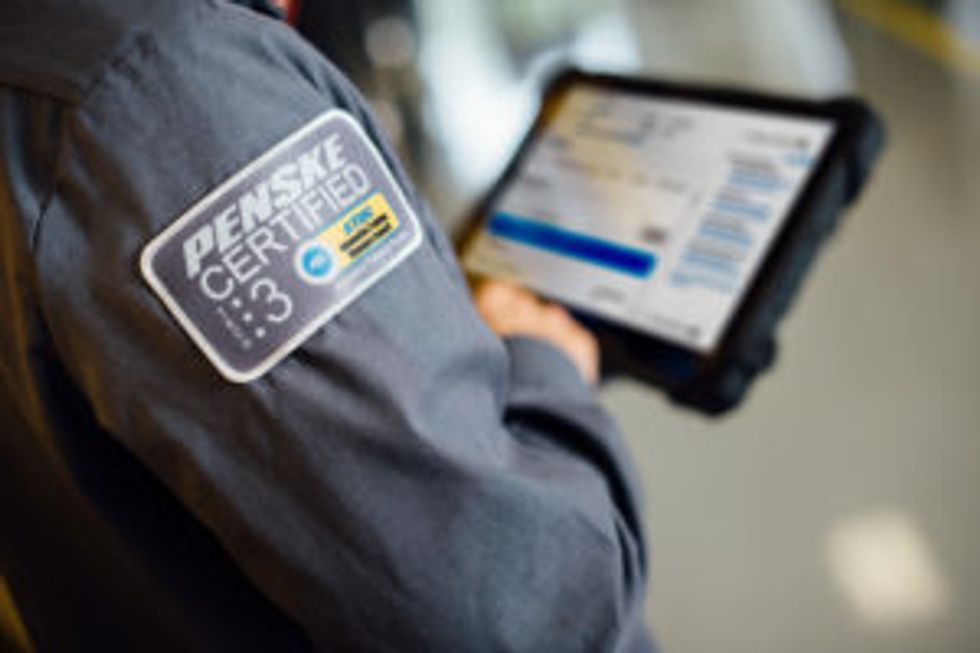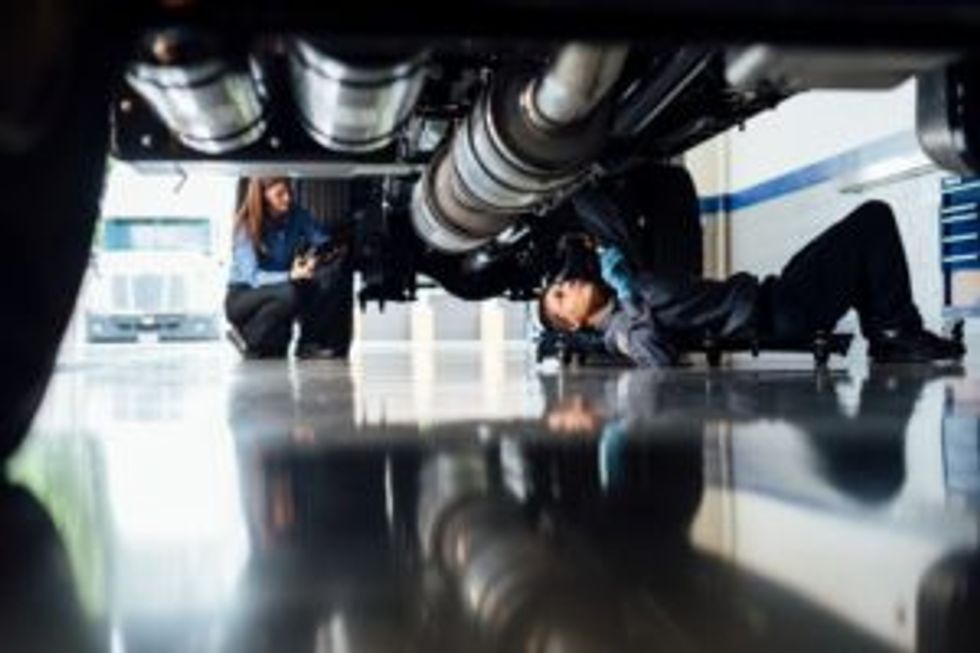Brake Safety Week: What To Check on Drums and Rotors
When was the last time you checked your brakes? If it’s been a while, now is the time. The Commercial Vehicle Safety Alliance’s (CVSA) Brake Safety Week 2025 is set for August 24 – 30.
During the seven-day event, inspectors will conduct routine commercial motor vehicle (CMV) inspections, checking brake systems and components for wear or damage. If inspectors find a brake-related issue, your vehicle will be placed out of service (OOS) until it’s repaired.
Last year, the CVSA conducted nearly 17,000 inspections during Brake Safety Week and placed 12.8% of vehicles OOS for brake-related violations. During Brake Safety Day earlier this year, inspectors placed 8.7% of 4,500+ inspected vehicles OOS.
This year’s focus area is drums and rotors, which, if not properly maintained, will reduce the efficiency of your vehicles’ brakes and increase stopping distance. Broken pieces of drums or rotors can break off a vehicle onto the road, causing damage to other vehicles, potentially leading to injuries or fatalities.
How can you avoid a vehicle OOS violation? Start with these eight drum and rotor inspection tips from the CVSA:
- Always include brakes in your pre- and post-trip inspections. Check any part of the drum or rotor you can see.
- Look for damage on the rotor’s surface. Cracks or missing pieces on the friction surface indicate serious wear or failure.
- Scan for cracks on the drum. Pay attention to the outer portion and note any missing pieces or visible damage.
- Inspect rusty rotors on disc brakes. If a rotor is covered in heavy rust across the whole friction surface, it may mean the brake isn’t working.
- Look for deep grooves on the rotor. This could indicate a worn brake pad, creating metal-on-metal contact between the brake shoe and rotor.
- Check for exposed vents. If you can see the center vents on the rotor, the rotor is worn and needs replacing.
- Complete all repairs following the brake manufacturer’s guidelines.
- Report problems right away. Log brake issues in your Driver Vehicle Inspection Report (DVIR) and notify your carrier. If it’s not reported, it won’t get fixed.
Rotors and drums aren’t the only items to watch. Look for other common brake issues like worn hoses or brake lines, fluid or air leaks, steering axle problems, failed air loss rate tests, or faulty systems like low-air warnings and tractor protection. The more thorough your inspections, the better your chances of passing one.
Already a Penske customer? Make sure your vehicles are ready for Brake Safety Week by conducting regular inspections, following your preventive maintenance schedule and bringing your vehicle in for a checkup at your nearest Penske location. These simple steps will help ensure your brake systems are in top shape.



 The system provides voice prompts via a headset to direct maintenance technicians through a preventive maintenance (PM) inspection. It is the foundation of Penske’s proprietary PM process, providing the ability to tailor inspections to the specific vehicle, its age, specifications and technologies now and in the future.
The system provides voice prompts via a headset to direct maintenance technicians through a preventive maintenance (PM) inspection. It is the foundation of Penske’s proprietary PM process, providing the ability to tailor inspections to the specific vehicle, its age, specifications and technologies now and in the future.